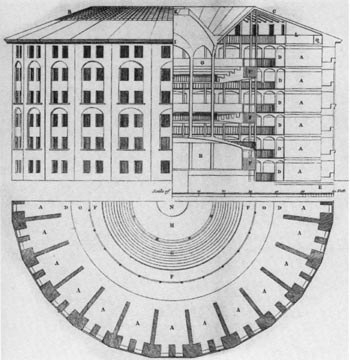Posted on October 5, 2007 by safeliving
Response from Brian Bloomfield (Department of Organisation, Work and Technology, Lancaster University)
One thing that could be picked from all the discussion is the question of politics.
Fiona mentioned how designers are accidentally political, and she also raised the question about how decisions are made about what is dangerous or not. You could say that design is an ordering process. It has unintended consequences: something is always left disordered. There is always a gap between the intended user and the situated user. The lack of compliance is a political issue. Sometimes designers have to try and enforce a moral-political order of safety.
Politics could be something to explore further: the dreams of a politician responding to the moment might be different to the technocractic solutions of engineers. This issue came up in John Law’s talk in the morning. In organisational studies, the creation of order is a long-standing issue. Our hubris in thinking that we can order and control always has a price.
Issues of inclusion and exclusion are crucial in design. The politics of the workplace matter here. The way in which management turns a blind eye to safety regulations needs to be recognised.
Filed under: workshop 1 | Tagged: order, organisation, politics | Leave a comment »
Posted on October 5, 2007 by safeliving
Gerd Kortuem (Computing, Lancaster University)
Reporting on a collaborative project (Nemo) that uses pervasive sensing technologies for industrial environments. We all work on computers, but many other people work physically. For instance, vibration exposure is a serious problem. It can lead to ‘vibration white finger.’ How can technology be brought in to improve the current practice? Understanding the organizational context requires an inter-disciplinary approach. The project has introduced technologies that measure vibration for individuals. They indicate when people have exceeded their daily limit. There is a whole system that streams the information all the way back to the enterprise using wireless networking. This is an elaborate surveillance system. Case studies of workplaces at different sites have been used. Video prototypes of technologies were shown to managers and others. What was learnt? Vibration is like smoking: action is difficult to connect to effects. So making visible the information collected is really valuable. People often don’t use safety equipment because it makes them feel work. So invisibility of the technology could be a goal of the system. Learning from other people might be more important than rules imposed from the top down. Who are we designing for anyway? The organisation, the worker, etc? What are we designing for? Protection, enforcement or empowerment? Finally, there is the question of surveillance and panoptic effects [see image below]. How to avoid this? We do do this, but try to anticipate the impacts of the technology. Informed design will hopefully make a difference to this.

The panopticon: A type of prison design in 1700s by Jeremy Bantham that allowed observers to observe prisoners without them being able to tell if they are being observed or not. Creating permanent sense of paranoia and invisible omnipresence.
Filed under: workshop 1 | Tagged: health, organisation, surveillance, system | Leave a comment »







